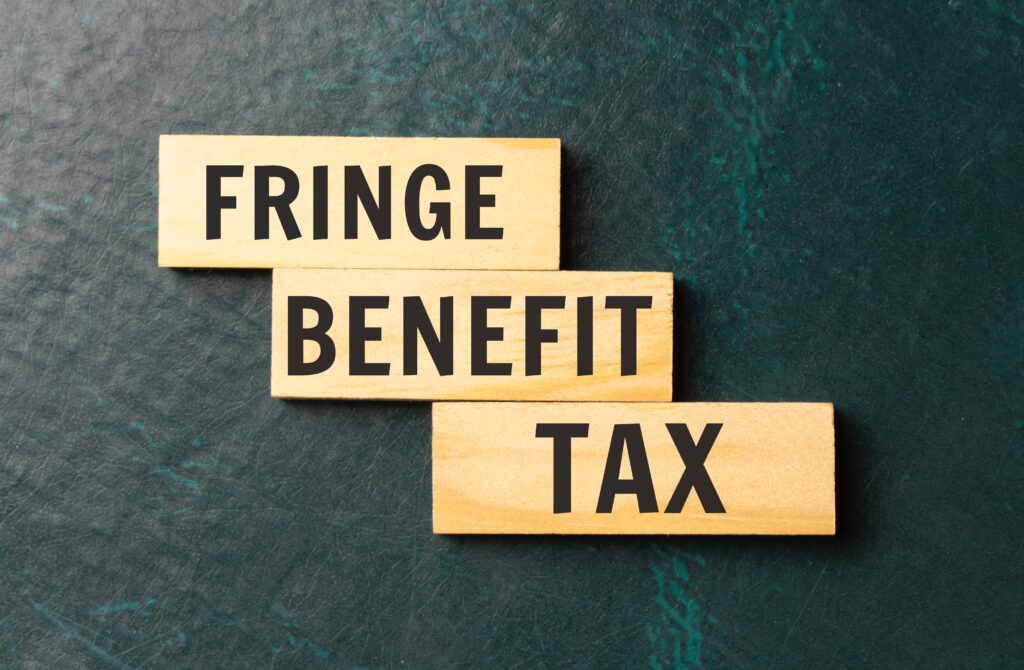Taxability of Fringe Benefits: A Comprehensive Guide
In today’s complex world of taxation, understanding the taxability of fringe benefits is crucial for both employers and employees. Fringe benefits are additional perks or advantages that employees receive alongside their regular salaries. These benefits can range from health insurance and retirement plans to company cars and employee discounts. In this comprehensive guide, we will delve into the intricacies of the tax treatment of fringe benefits, providing you with the information you need to navigate this often confusing terrain.
Understanding Fringe Benefits
Before we dive into the taxability of fringe benefits, it’s important to have a clear understanding of what they entail. Fringe benefits are non-wage compensations provided by employers to their employees. These benefits are offered in addition to the employee’s regular salary and are aimed at enhancing the overall compensation package.
Common examples of fringe benefits include:
Health insurance
Retirement plans
Company cars
Employee discounts
Education assistance
Stock options
Meal allowances
And many more
Tax Treatment of Fringe Benefits
Now that we have a solid understanding of what fringe benefits are, let’s explore how they are taxed. The taxability of fringe benefits depends on various factors, including the type of benefit, the value of the benefit, and the employee’s tax bracket. In general, fringe benefits are subject to federal income tax, Social Security tax, and Medicare tax.
Taxable Fringe Benefits
Some fringe benefits are considered fully taxable and must be included in the employee’s gross income. These benefits are subject to federal income tax withholding, as well as Social Security and Medicare taxes. Examples of taxable fringe benefits include:
Cash bonuses
Gift cards or certificates
Personal use of company vehicles
Excessive employee discounts
Group term life insurance coverage above $50,000
Excludable Fringe Benefits
On the other hand, some fringe benefits are considered excludable from the employee’s gross income. This means that they are not subject to federal income tax, Social Security tax, or Medicare tax. However, it’s important to note that these benefits may still be subject to other taxes, such as state income tax. Examples of excludable fringe benefits include:
Health insurance premiums paid by the employer
Contributions to qualified retirement plans
Qualified educational assistance programs
Employee discounts on goods or services (within reasonable limits)
Working condition fringe benefits (e.g., company-provided cell phones)
Special Rules for Certain Fringe Benefits
Some fringe benefits have specific rules and limitations regarding their tax treatment. Let’s take a closer look at a few of these special cases:
Company Cars
When an employer provides an employee with a company car for both business and personal use, the value of the personal use is generally considered taxable. The IRS provides different methods to calculate the taxable value of personal use, such as the general rule of valuing personal use at the fair market value of the benefit.
Meals and Entertainment
Meals and entertainment expenses provided by employers to employees are generally subject to a 50% limit on deductibility. However, if the meals or entertainment are provided for the convenience of the employer or are necessary for the employee to perform their duties, they may be fully excludable from the employee’s income.
Stock Options
Stock options are a popular form of employee compensation, especially in the tech industry. The tax treatment of stock options can be complex, and it’s recommended to seek guidance from a tax professional. In general, stock options are subject to specific rules and may be taxed upon the exercise or sale of the underlying stock.
Reporting Fringe Benefits
Employers are responsible for reporting fringe benefits on various tax forms. The specific forms required depend on the type of benefit and the employer’s business structure. Here are some common reporting requirements:
Form W-2: Employers must report the value of taxable fringe benefits in Box 1 (Wages, tips, other compensation) of Form W-2.
Form 1095-C: Employers with 50 or more full-time employees must provide employees with Form 1095-C, which reports information about employer-provided health insurance coverage.
Form 1099-MISC: If an employer provides non-employee compensation, such as independent contractors or freelancers, they may need to report the value of fringe benefits on Form 1099-MISC.

Understanding the taxability of fringe benefits is essential for both employers and employees. By familiarizing yourself with the tax treatment of different types of fringe benefits, you can ensure compliance with tax laws and make informed decisions regarding your compensation package. Remember, this guide provides a general overview, and it’s always advisable to consult with a qualified tax professional for personalized advice.
Frequently Asked Questions – Taxability of Fringe Benefits
1. What are fringe benefits?
Fringe benefits are non-wage compensations provided to employees in addition to their regular salaries or wages.
2. Are fringe benefits taxable?
Yes, in most cases, fringe benefits are considered taxable income and must be reported on the employee’s tax return.
3. What are some common examples of taxable fringe benefits?
Common examples of taxable fringe benefits include company cars for personal use, employer-provided housing, and gym memberships.
4. Are there any fringe benefits that are not taxable?
Yes, some fringe benefits may be excluded from taxable income, such as certain health insurance plans, employee discounts, and educational assistance.
5. How are taxable fringe benefits reported?
Taxable fringe benefits are usually reported on the employee’s Form W-2, Wage, and Tax Statement, in Box 1.
6. Are there any specific rules for employer-provided meals and snacks?
Employer-provided meals and snacks are generally considered taxable unless they meet specific criteria, such as being provided on the employer’s premises for the convenience of the employer.
7. Do fringe benefits affect an employee’s Social Security and Medicare taxes?
Yes, fringe benefits are subject to Social Security and Medicare taxes, just like regular wages or salaries.
8. Can an employee choose to receive taxable fringe benefits in cash instead?
No, if a fringe benefit is provided by the employer, it must be reported as taxable income, even if the employee prefers to receive it in cash.
9. Are there any penalties for not reporting taxable fringe benefits?
Yes, failure to report taxable fringe benefits can result in penalties and interest charges from the IRS.
10. Where can I find more information about the taxability of fringe benefits?
You can refer to the IRS Publication 15-B, Employer’s Tax Guide to Fringe Benefits, or consult a tax professional for more detailed information.




